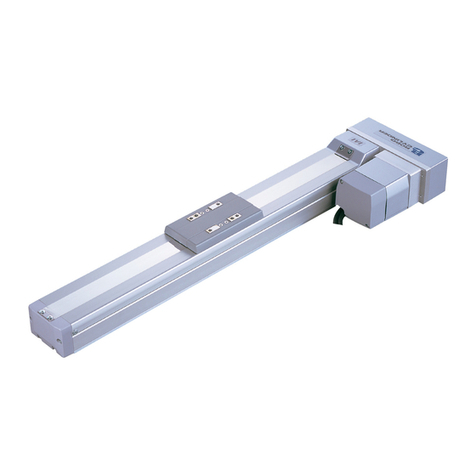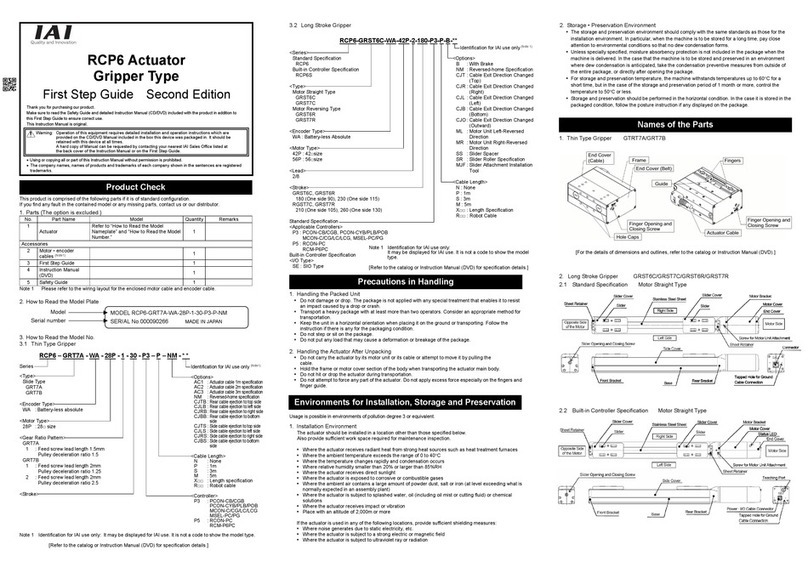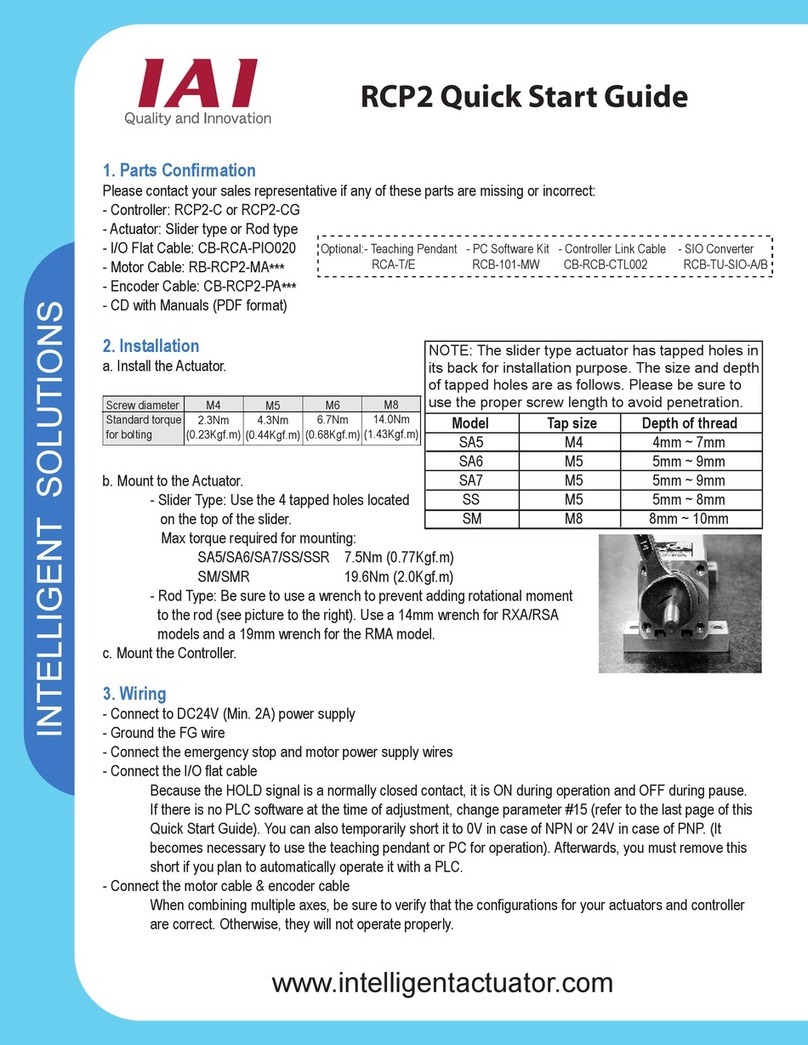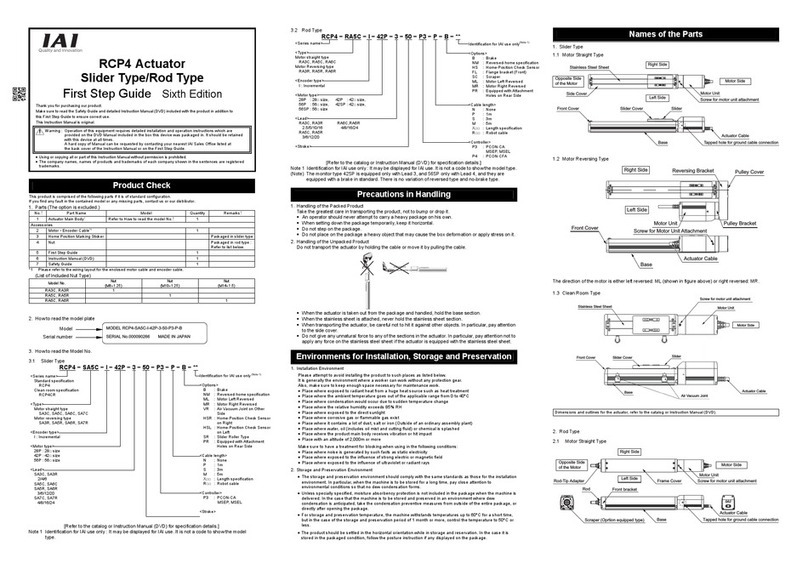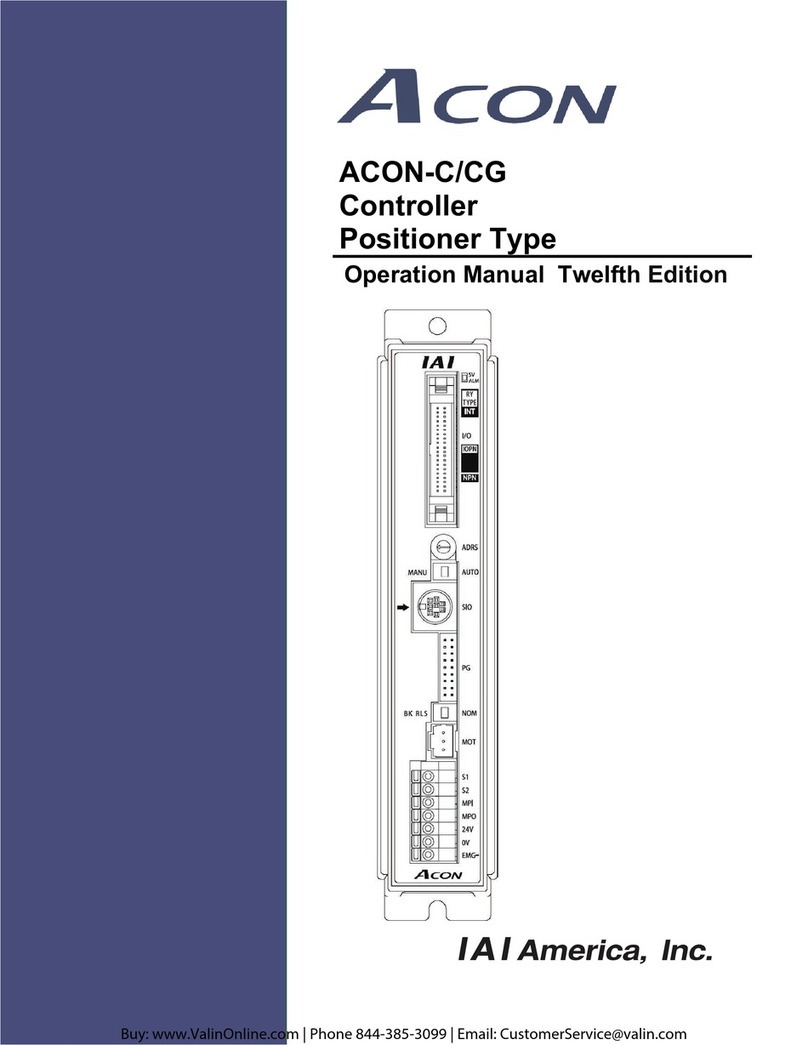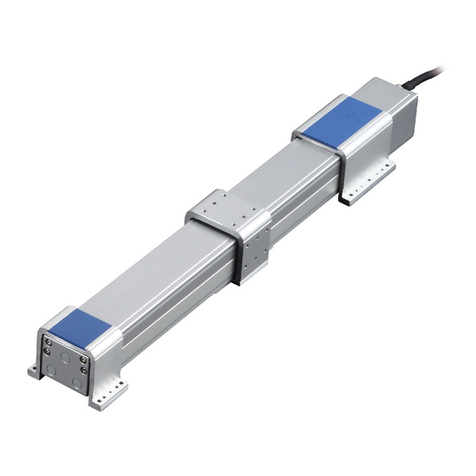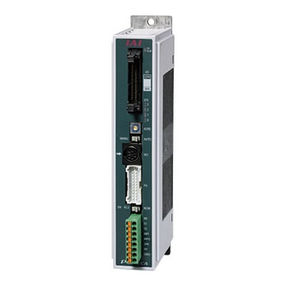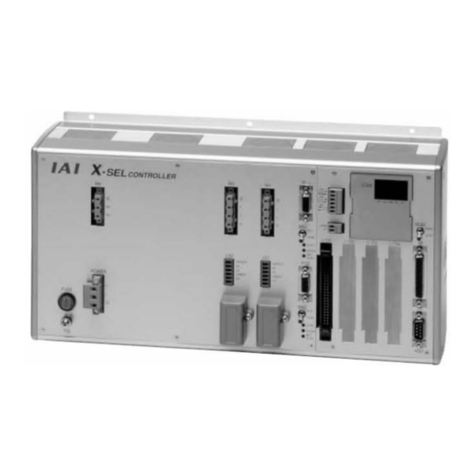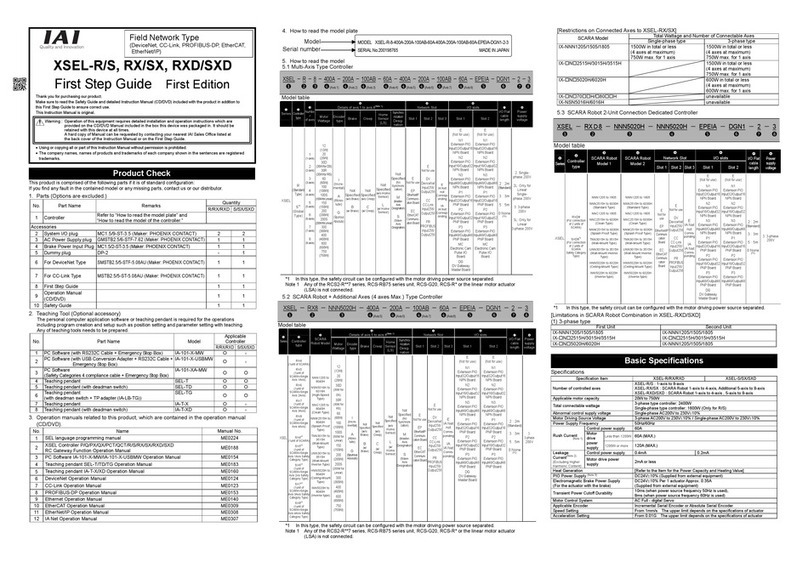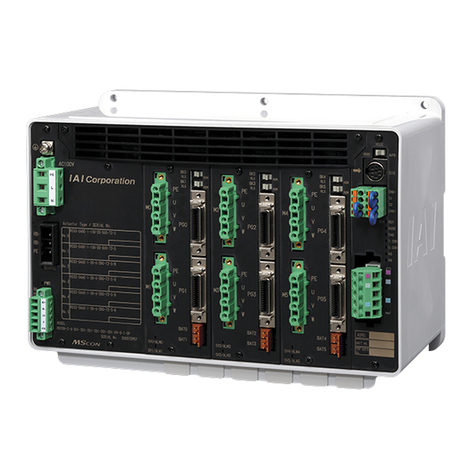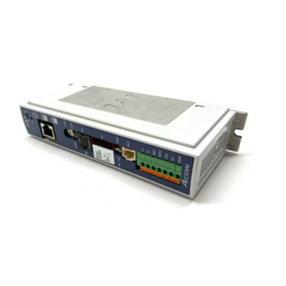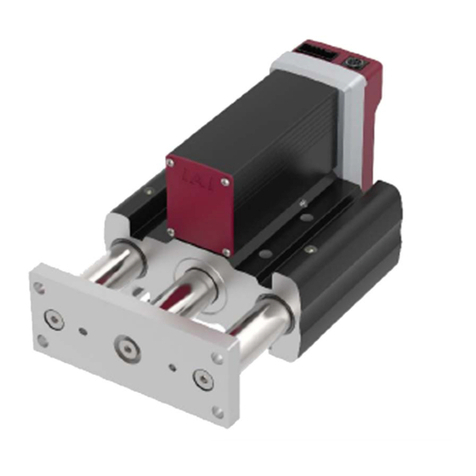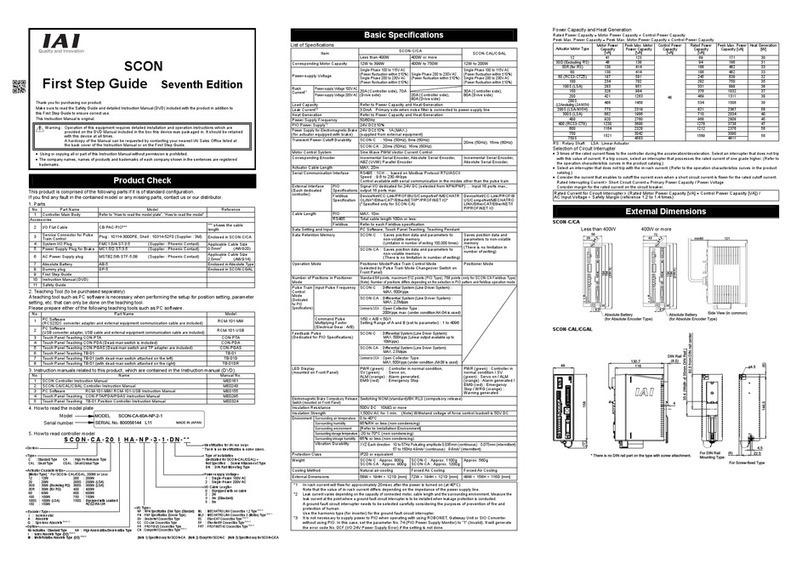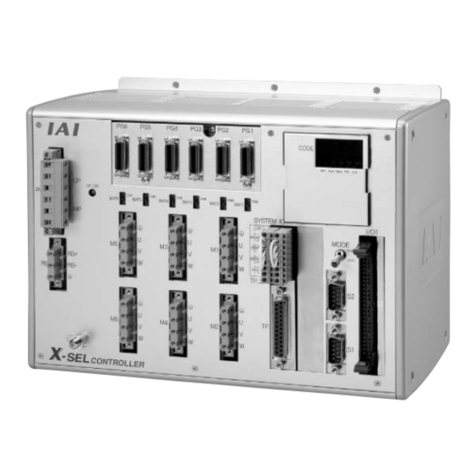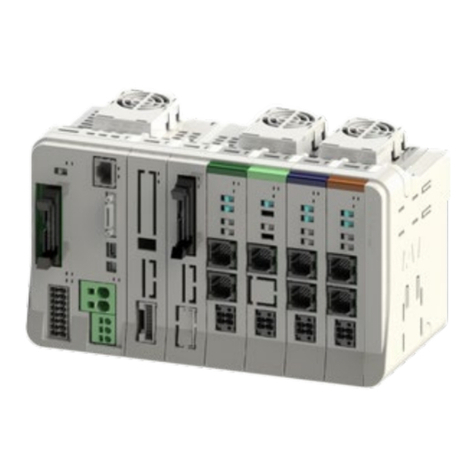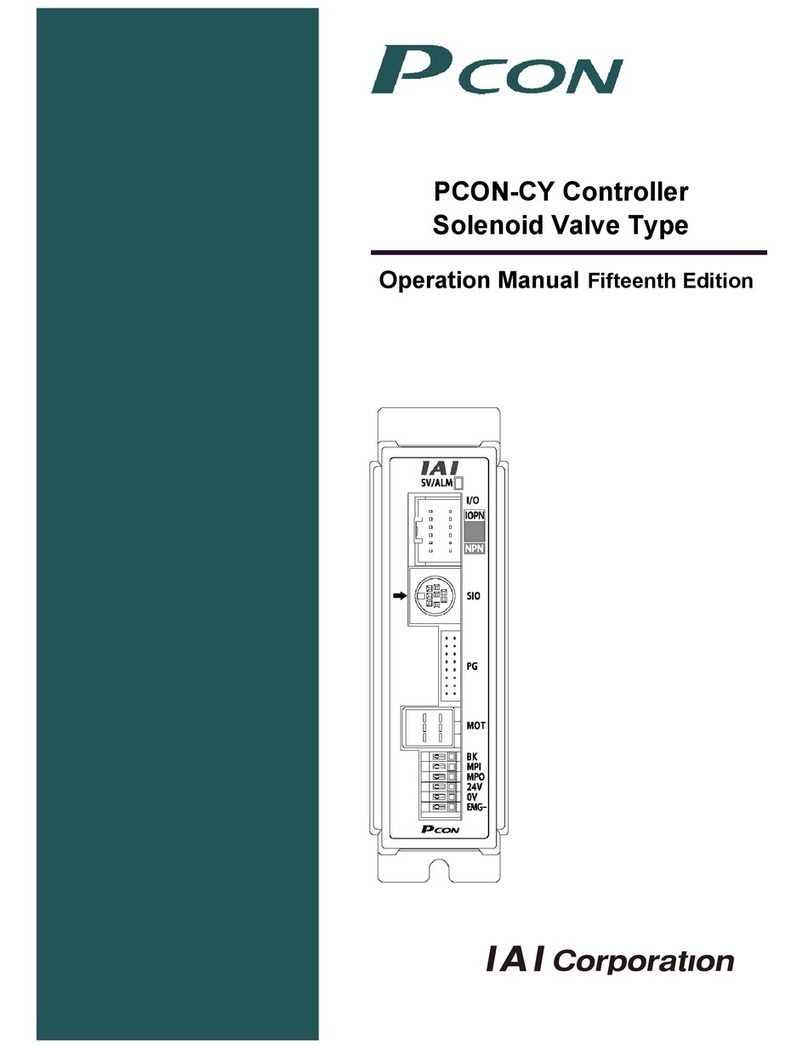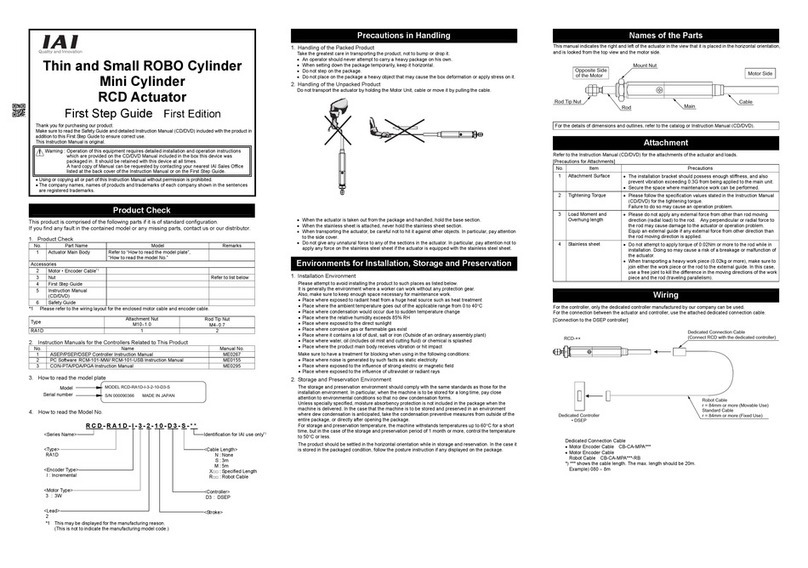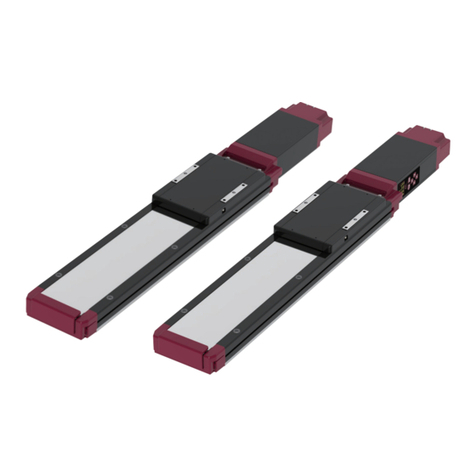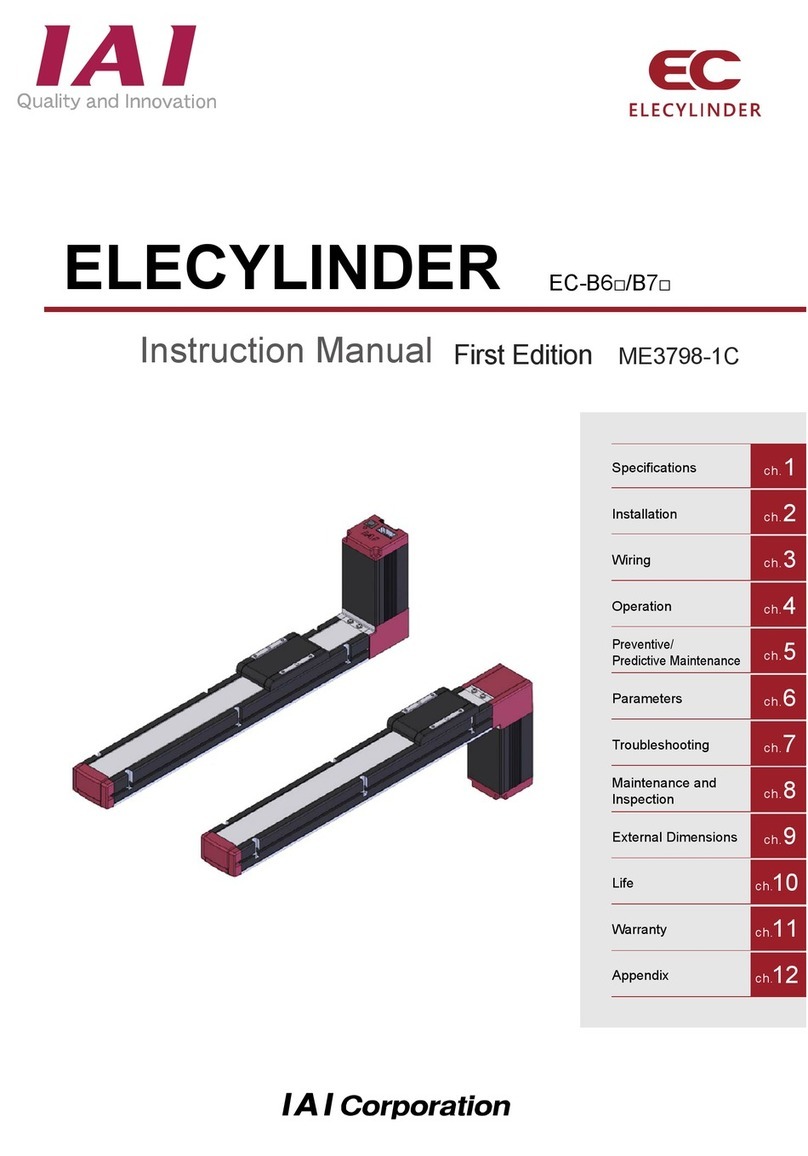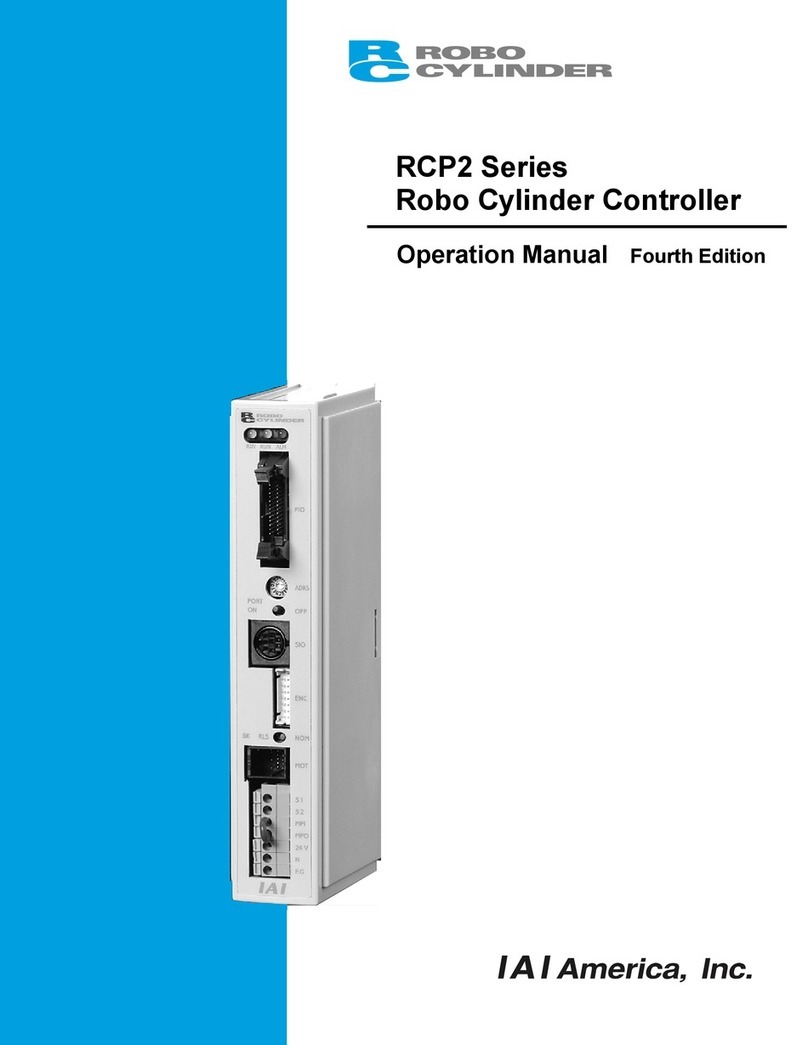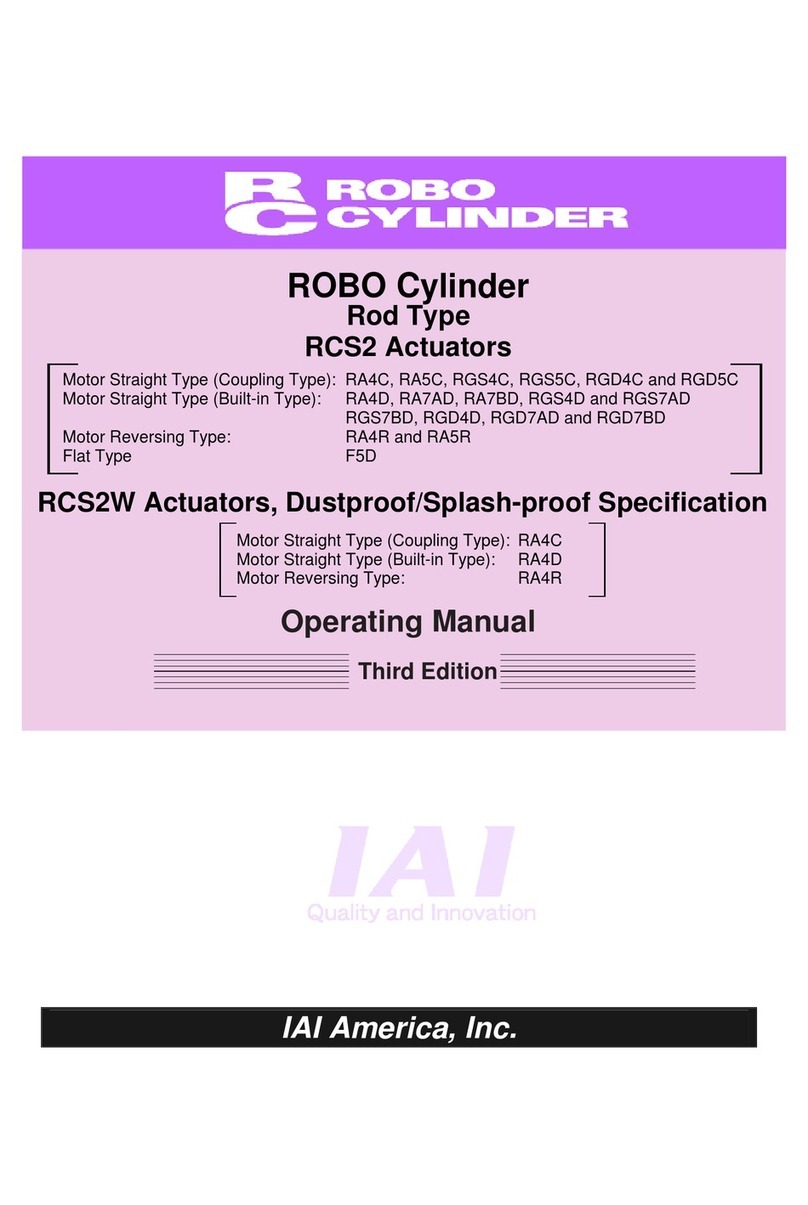
Table of Contents
Table of Contents
Safety Guide.................................................................................................................................. 1
Introduction.................................................................................................................................... 1
Part 1 Installation ....................................................................................................................... 4
Chapter 1 Safety Precautions............................................................................................................... 4
Chapter 2 Warranty Period and Scope of Warranty ............................................................................. 5
1. Warranty Period........................................................................................................................... 5
2. Scope of Warranty ....................................................................................................................... 5
3. Scope of Service ......................................................................................................................... 5
Chapter 3 Installation Environment and Selection of Auxiliary Power Devices.................................... 6
1. Installation Environment .............................................................................................................. 6
2. Heat Radiation and Installation.................................................................................................... 7
3. Selection of Auxiliary Power Devices .......................................................................................... 8
4. Noise Control Measures and Grounding ................................................................................... 13
Chapter 4 Name and Function of Each Part....................................................................................... 16
1. Front View of Controller............................................................................................................. 16
2. Explanation of Codes Displayed on the Panel Window ............................................................ 30
2.1 Application....................................................................................................................... 30
2.2 Core................................................................................................................................. 31
2.3 Current Monitor and Variable Monitor ............................................................................. 32
Chapter 5 Specifications..................................................................................................................... 34
1. Controller Specifications ............................................................................................................ 34
2. External I/O Specifications......................................................................................................... 38
2.1. NPN Specification............................................................................................................ 38
2.2. PNP Specification............................................................................................................ 40
3. Power Source Capacity and Heat Output ................................................................................. 42
4. External Dimensions.................................................................................................................. 48
Chapter 6 Safety Circuit...................................................................................................................... 57
1. Items to Notes ........................................................................................................................... 57
2. Safety Circuit for PX Type (Standard Specification) Controller ................................................. 58
3. Safety Circuit for QX Type (Global Specification) Controller ..................................................... 60
4. Timing Chart of Safety Circuit for QX-type SEL Controller........................................................ 65
Chapter 7 System Setup..................................................................................................................... 74
1. Connection Method of Controller and Actuator ......................................................................... 74
2. I/O Connection Diagram ............................................................................................................ 78
3. Multipoint DIO Board ................................................................................................................. 81
3.1 Overview ......................................................................................................................... 81
3.2 Specifications .................................................................................................................. 81
3.3 External Interface Specifications ..................................................................................... 82
3.4 Multipoint I/O Board Connection Cables......................................................................... 83
3.5 Multipoint I/O Board Connection Cables......................................................................... 84
3.6 I/O Circuits....................................................................................................................... 85
